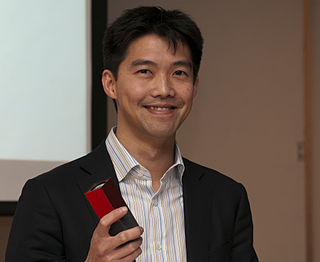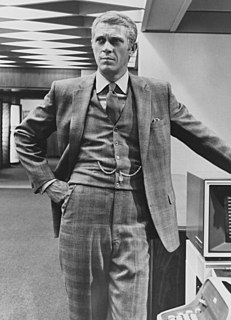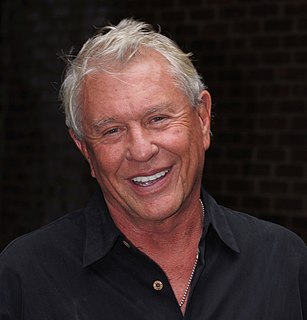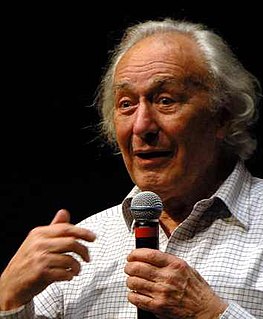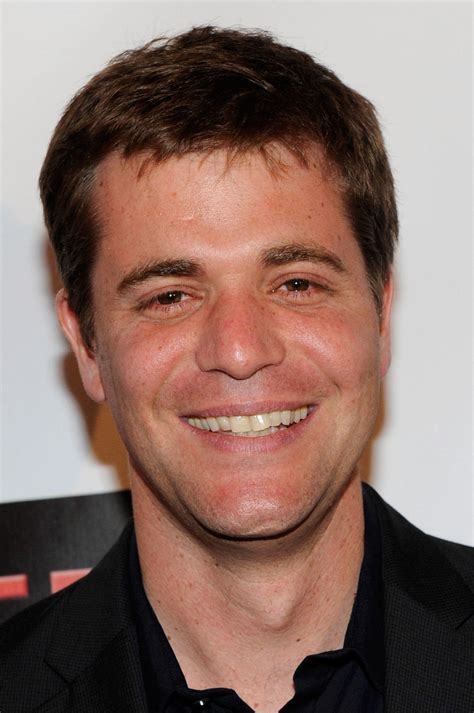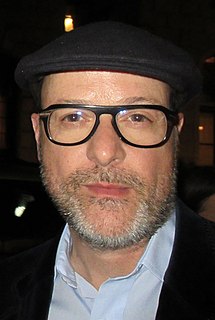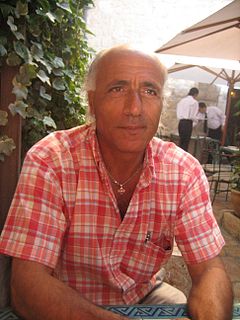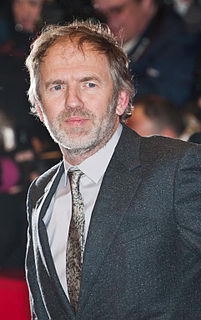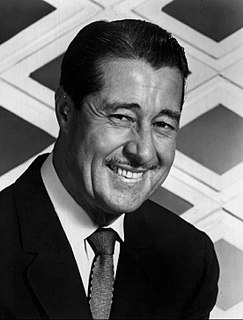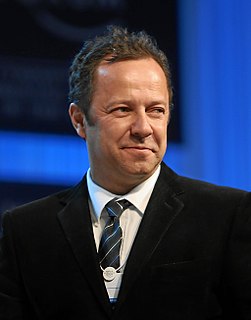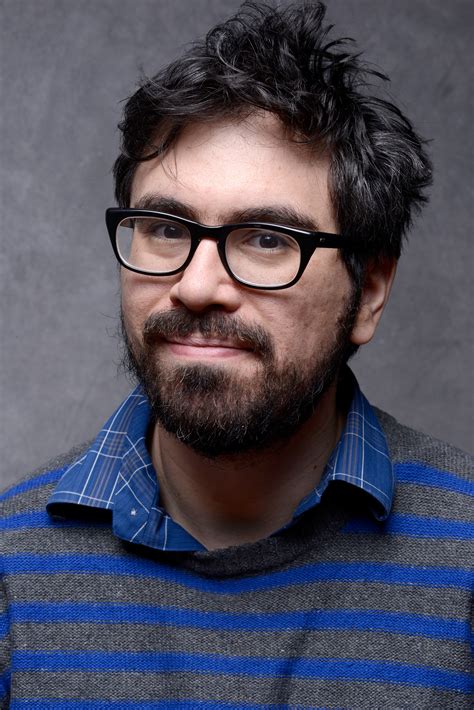A Quote by Ren Ng
The first light-field camera array I saw at Stanford had a bunch of applications, like to do special effects like you see in 'The Matrix,' where you spin the camera around in frozen motion. It took up an entire room.
Related Quotes
I don't like to put too much effort into things. I find that once you get involved with special effects it is no longer about what is happening in front of the camera and I really want to concentrate on what is happening in front of the camera, like the man apparently peeing on the surface of the screen.
I don't roam around with a camera and never did. I took pictures in spurts, for my books, for some assignments or on special occasions. Like people who take out their cameras for Christmas and birthdays. Each time, like them, probably, I feel it’s the first time and as if I would have to relearn the moves. Luckily, it comes pretty fast, like riding a bike.
The first time I worked with colors was by making these mosaics of Pantone swatches. They end up being very large pictures, and I photographed with a very large camera - an 8x10 camera. So you can see the surface of every single swatch - like in this picture of Chuck Close. And you have to walk very far to be able to see it.
